The death of Hans Wegner at the age of 92 in February 2007 saw the last of the great post-War Scandinavian furniture designers pass from the stage. Editor of Indesign Magazine, Paul McGillick, reports.
May 15th, 2008
The legacy is the idea that good design is a never-ending process and one that stands outside time. Whenever fashion threatens to quarantine Scandinavian design, it is always able to re-invent itself.
So, today, we have a powerful younger generation of figures such as Claesson Koivisto Rune, Harri Koskinen, Anna von Schewen, Kasper Salto, Monika Förster, Thomas Sandell and many others. They have taken over the torch from the generation of Arne Jacobsen, Finn Juhl, Bruno Mathsson, Børge Mogensen, Poul Kjærholm and Hans Wegner.
Among a number of things the two generations have in common is their indifference to fashion. Instead, there is a sense of belonging to a creative community inflected by a subtle but strong cultural inheritance. And although the Scandinavian designer is highly professional and finely tuned to manufacturing potential, there is always in the background an enduring connection to craftmanship.
This was certainly true of Hans Wegner who probably thought of himself as a cabinetmaker rather than a designer. Like Kjærholm, Wegner was totally preoccupied with making the ‘perfect chair’, stating that “the chair does not exist…The good chair is a task one is never completely done with.”
The simplicity that typifies Scandinavian furniture design is a kind of purity, resulting from a continuous process of stripping back to the essence and producing chairs which are both exquisite to look at and supremely comfortable to sit in. Throw in the use of warm natural materials and you have functional items which seem more like companions than utilitarian products.
In Wegner’s œuvre, probably nothing epitomises him – and the Danish tradition of timeless modernity – more than the ‘Wishbone’ chair. First produced in 1949, the chair’s superbly moulded blond wood frame and armrest, together with its woven seat, make it both comfortable and a glory to look at. For many years the chair was hand-made. Today Carl Hansen & Son continue to manufacture the chair for a market whose appetite for it never seems to diminish. The seat continues to be hand-woven, but the frame is made by state-of-the art robots and is indistinguishable from the hand-made original. Thus is Scandinavian design able to survive in a highly competitive global market – complete with cheap labour, copies and all the rest of it – without compromising its quality and character.
Wegner was a prolific designer, producing hundreds of prototypes and designing for a number of companies including Fritz Hansen, Carl Hansen and P P Møbler. He survived the fluctuating fortunes of Scandinavian furniture to leave a legacy of superb furniture which combined elegant sculptural forms, strength, durability, attractive materials and high levels of comfort.
Many of those products are now classics, and some (like the ‘Wishbone’ chair) continue to be manufactured exactly as they were at the beginning. Others, like the 1960 ‘Wingchair’ (CH-445), are back in production with minimal modifications. Of the ‘Wingchair’ – re-launched at IMM Cologne in 2006 and at the Copenhagen International Furniture Fair in May 2007 – Knud Erik Hansen, Managing Director of Carl Hansen & Son, says: “We have worked with Wegner’s original drawings and some of the few pieces that remain from the 1960s when a smaller number of them were produced by hand. And we’re proud to say that we have upheld the original construction and materials – including solid Beech frames and hand-sewn piping – just the way that Wegner designed it.”
With Hans Wegner, the integrity of the design and prototyping process is reflected in the integrity of the chair where all the components combine in perfect harmony to generate a fluid form. Similarly, the ergonomic sophistication of the chairs enabled them to be multi-functional – formal or informal, residential or contract – long before the current enthusiasm for multi-functional furniture.
In an era when heroes have been banished in favour of celebrities and when anyone’s creativity is deemed to be simply equal with anyone else’s, Hans Wegner reminds us that maybe, after all, we do need heroes – but remembering that true heroes have humility, integrity, courage and an unwavering commitment to the long haul.
Hans Wegner products are available in Australia from
Corporate Culture
www.corporateculture.com.au
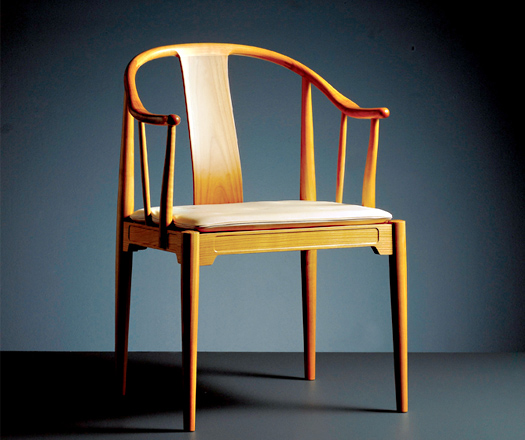
The ’China’ chair
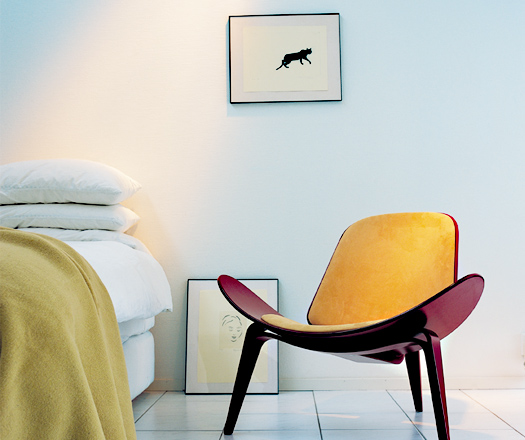
The ’CH_07’ chair
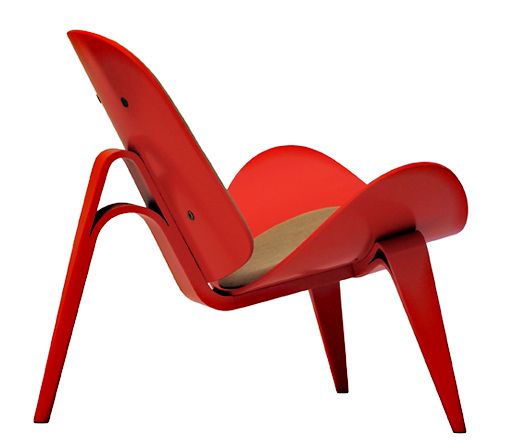
The ’CH_07’ chair
INDESIGN is on instagram
Follow @indesignlive
A searchable and comprehensive guide for specifying leading products and their suppliers
Keep up to date with the latest and greatest from our industry BFF's!

A longstanding partnership turns a historic city into a hub for emerging talent
GECA-approved workstation system offering utmost flexibility for a collaborative workspace.
With a diameter of only 52 mm, PAN is the smallest spotlight for façade lighting available on the market.
Over 500 guests attended the opening night of He Made She Made, Sydney’s newest concept gallery, on Tuesday 31 January. The first exhibition at the Oxford Street gallery and workshop featured pieces from Henry Wilson, Alex Fitzpatrick, Coco Reynolds and Josh Carmody among others, showcasing the talent of some of Australia’s best emerging designers.
The internet never sleeps! Here's the stuff you might have missed
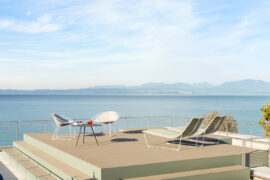
Arper expands its outdoor offer by re-engineering some of its most recognisable indoor pieces for life outside.
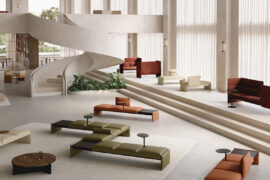
Where style and substance truly dwell, Gardam’s latest modular collection – available through Stylecraft – balances elegance and versatility.

Richmond came alive for Saturday Indesign 2025 as showrooms, rooftops and laneways transformed into a celebration of design, creativity and connection.
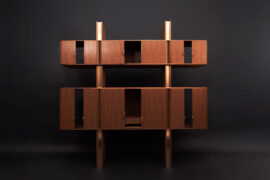
Adam Markowitz Design, in collaboration with Simeon Dux, has been awarded The Object at the INDE.Awards 2025. Their winning project, A Cabinet of Curiosities, is a masterwork of craftsmanship and adaptability; a poetic response to shifting domestic and professional life in the post-COVID era.